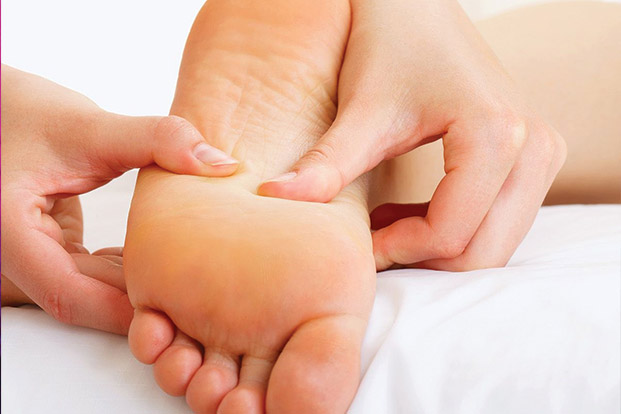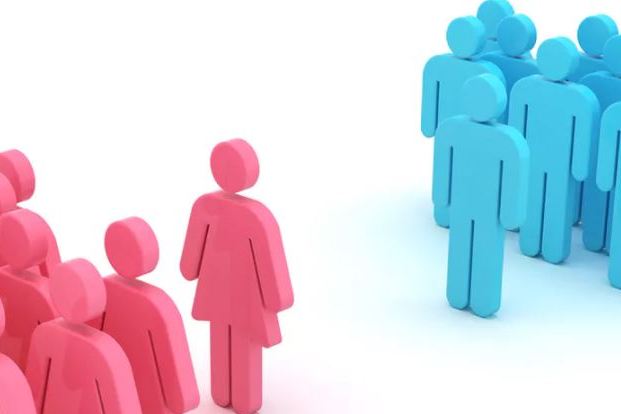Categories
- Bariatric Surgery (11)
- Black Fungus (5)
- Bone Marrow transplant (3)
- Brain Tumor Surgery Navigation Technology (20)
- Cardiac Surgery (66)
- Cardiology (97)
- Computer navigation technology for joint replacements (20)
- Covid Vaccination (17)
- Critical Care (2)
- Dental (19)
- Dermatology (31)
- Dialysis Support Group - “UTSAAH” (11)
- Dietitian (33)
- Emergency Medicine (4)
- Emotional Health (11)
- Endocrinology (33)
- ENT (20)
- Gastroenterology and GI Surgery (53)
- General and Laparoscopic Surgery (21)
- General Surgery (4)
- Gynecology & Obstetrics (183)
- Hematology (20)
- Internal Medicine (294)
- Kidney Transplant (50)
- Kidney Transplantation (20)
- Lung Cancer (8)
- Minimal Invasive Surgery (1)
- Mother & Child (20)
- mucormycosis (5)
- Nephrology (61)
- Neurology (147)
- Neurosurgery (68)
- Nutrition and Dietetics (107)
- Omicron Variant (1)
- Oncology (288)
- Ophthalmology (10)
- Orthopaedics & Joint Replacement (86)
- Paediatrics (59)
- Pediatric Nephrology (3)
- Physiotherapy (5)
- Plastic & Reconstructive Surgery (6)
- Psychiatry and Psychology (90)
- Psychologist (28)
- Pulmonology (72)
- Rheumatology (13)
- Spine Services (21)
- Transradial Angioplasty (16)
- Urology (84)
Query Form
Posted on Apr 19, 2022
Restless Leg Syndrome in Children – Common Neuro Issue
Restless Leg Syndrome (RLS) is a sensory and motor disorder characterized by an uncontrolled sensation in the legs accompanied by an irresistible urge to move the legs with partial or complete resolution of the symptoms through transient. RLS in children is under diagnosed. Children with RLS may present with conduct problems including aggression, inattention, hyperactivity and daytime somnolence, because of inability to sleep or difficulty in maintaining sleep at night. Along with aches and pains in the limbs there may be periodic limb movements.

The consequences of RLS may be unsatisfactory performance in school poor social development and abnormal social interactions resulting in the diagnosis of ADHD and various other psychiatric illnesses.
Primary RLS is believed to be an autosomal dominant disorder. (Inherited) family members may get their legs pressed or massage routinely.
Common aspects associated with RLS:
- RLS follows a circadian pattern usually occurring in the evening or night, rarely during the day. The child may be restless in cramped restrictive situations or may be labeled overactive. The RLS sensations are partially resolved with activities involving lower limb like walking, running, stretching or even kicking the legs, hot or cold compression may partially reduce the symptoms of RLS just as they relieve growing pain, muscle pain or cramps.
- The term pain is commonly used to describe the uncomfortable sensation in children with RLS. Pain typically occurs knee down involving the calves occasionally involving the thighs. May be symmetric or asymmetric. With partial or complete relief on movement is the key feature. Almost 80% of children with RLS also have PLHS which may disrupt the sleep at times.
Other Causes of Pain in the Legs:
- Growing pains with defined limb discomfort in children is not a part of arthritis, neuropathy etc. Growing pain differs from RLS that the unpleasant sensations are not partially or totally relieved by movement of the lower limbs.
- The location of the pain is in the thighs , calves or behind the knees, typically a throbbing pain that may awaken the child at night. The pain is relieved after a massage, warm or cold compresses and pain killers.
Relation between RLS & ADHD (Attention Deficit Hyperkinetic Disorder):
The relationship between ADHD, RLS and PLMS is unknown. All 3 can present with irritability, mood changes, hyperactivity, inattention and motor restlessness. There is overlap of symptoms and treatment.
- Muscle pain: usually associated with strenuous activity or exercise and is not relieved by movement of the limbs.
- Leg Cramps: Affect one leg and restricted to specific muscle group.Typically relieved by hot and cold compresses. Cramps typically occurring at night are also common in children.
- Etiology Cause: Primary RLS is believed to be inherited as an autosomal dominant disorder. Commonest cause of RLS is possibly iron deficiency; serum ferritin levels may be low in children with RLS.In general, symptomatic treatment , iron supplementation with good sleep hygiene provides relief to majority



